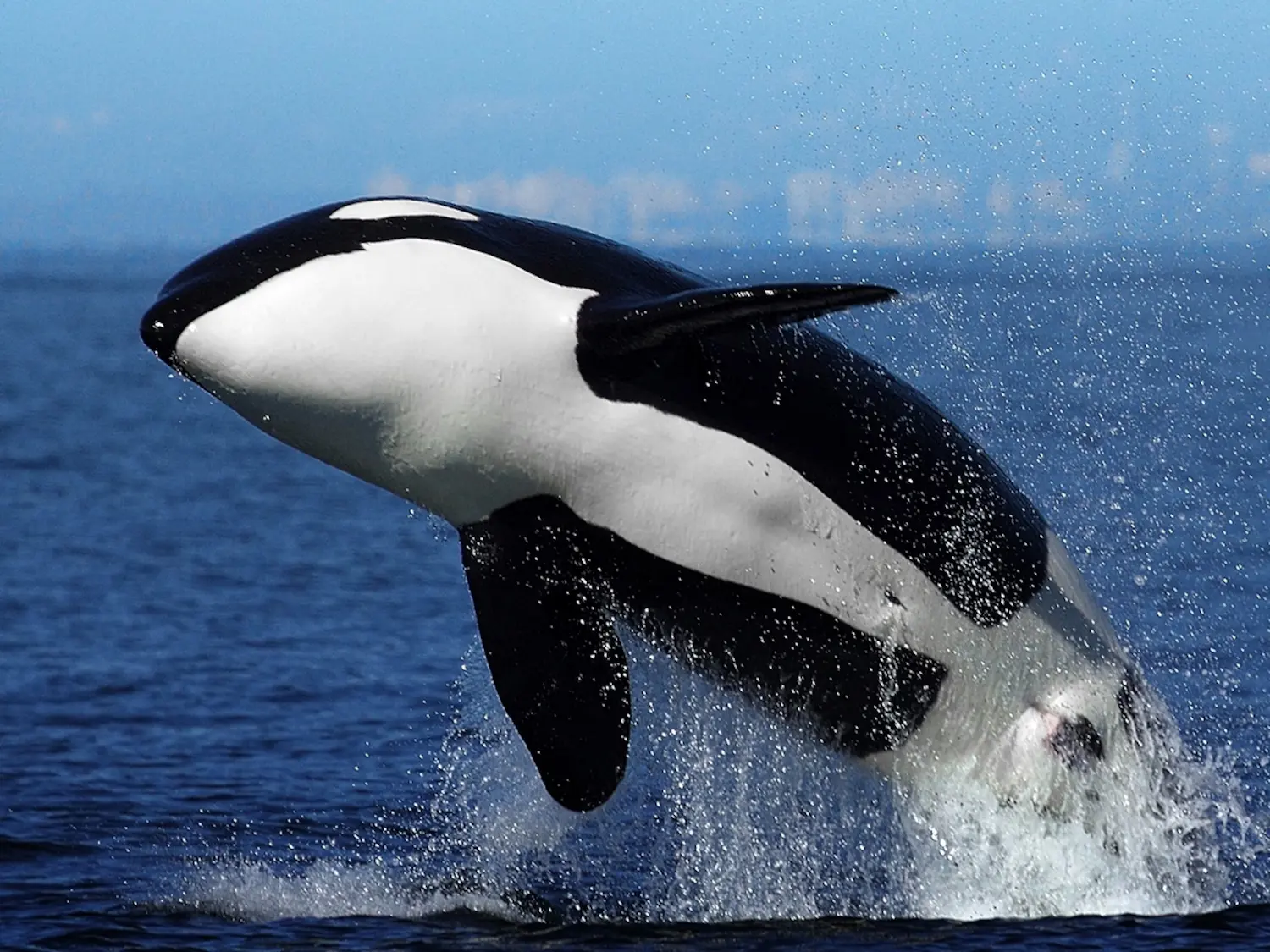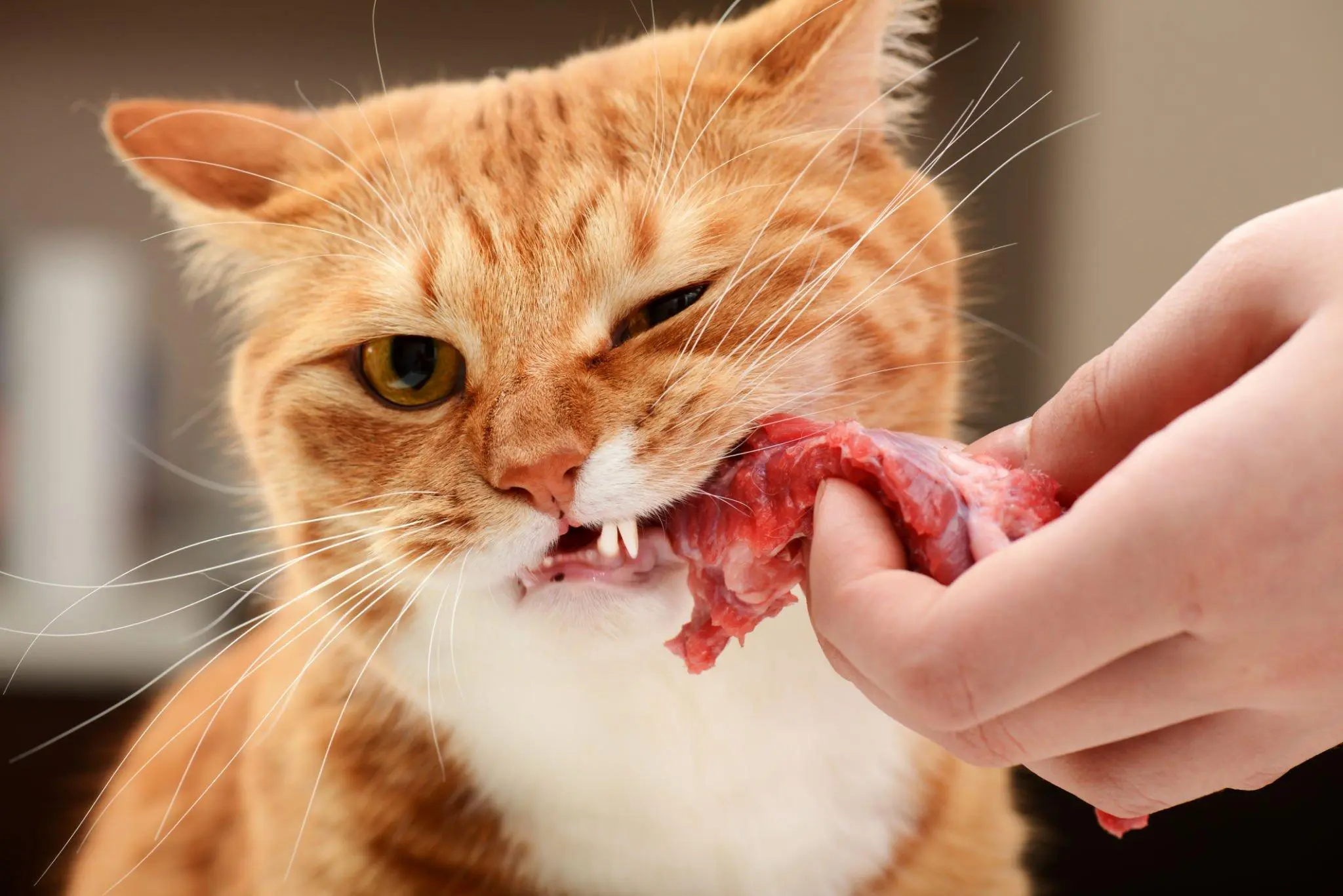The world of carnivorous animals is diverse and varied, with many nuances and intriguing facts. In today’s post, we’ll be explaining what obligate carnivores are. This term might be unfamiliar, but you’ll soon see that some of your favorite animals fall into this category.
So What Are Obligate Carnivores?
An obligate carnivore is a type of carnivore that must primarily eat meat to survive. Their bodies aren’t simply adapted to consume and prefer meat—they require it. These animals have that designation because of their physical and biological features.
What Makes an Animal an Obligate Carnivore?
A variety of factors can determine whether an animal is an obligate carnivore. Some of the most common characteristics include:
- Digestive System: Obligate carnivores have a short digestive tract designed for digesting meat. They lack certain enzymes that assist in breaking down plant materials.
- Dietary Needs: These animals get specific nutrients, such as taurine, arginine, arachidonic acid, and vitamin A, directly from the flesh of other animals.
- Dental Structure: They have sharp teeth and claws designed for catching prey and tearing flesh.
Examples of Obligate Carnivores

While you might be imagining fierce lions and tigers, many household pets are obligate carnivores too. Let’s take an in-depth look at some specific examples:
Domestic Cats
Evolving from wildcats, domestic cats retain their ancestors’ dietary habits. They’re perhaps the most well-known obligate carnivores. In fact, feeding them a vegan or vegetarian diet, despite any supplemental adjustments, can lead to malnutrition and health complications because they cannot process plant proteins effectively.
In their natural diet, cats consume small rodents and birds. They rely exclusively on animal-based proteins for essential nutrients, such as taurine—an amino acid crucial for heart and eye functions. A taurine deficiency can lead to heart failure, impaired vision, and even death.
Orcas, Dolphins and Other Cetaceans
Another group of obligate carnivores is cetaceans, commonly recognized animals like the orca (killer whale) and various species of dolphins. These underwater creatures feed on sea life like fish, seals, and even other dolphins, depending on the species.
Orcas, the largest of the dolphin family, can consume up to 375 kg of food per day. With diverse diets reflecting their populations and regions, they help maintain an equilibrium in marine life by balancing prey populations.
Birds of Prey
Birds of prey, or raptors, like eagles, hawks, and owls, also fall into this category. They have sharp beaks and talons for capturing and consuming prey, primarily other smaller animals.
Eagles, for instance, are known for their hunting prowess. They generally feed on fish, small mammals, other birds, and occasionally carrion. Predator birds play a vital role in regulating the populations of rodents and other small creatures, creating a balance in the ecosystem.
Others
Beyond these famous examples, many other obligate carnivores are less-known or expected. Certain species of snakes and spiders fit the bill. Some reptiles and amphibians, too, are strictly carnivorous – for instance, the Argus monitor lizard and the African clawed frog.
To sum up, obligate carnivores come in all shapes and sizes, from our beloved pet cats to the awe-inspiring orcas in the depths of the ocean. An understanding of these creatures’ dietary habits gives us a deeper appreciation of the intricacies of the animal kingdom.
The Role of Obligate Carnivores in the Ecosystem
Obligate carnivores play a significant role in maintaining the balance in their respective ecosystems. They control the population of other species and contribute to biodiversity.
Regulation of Prey Populations
Perhaps the most important role of obligate carnivores in an ecosystem is their ability to control the population of other species. With their hunting proficiency, they keep the populations of their prey in check, preventing an overpopulation scenario that could lead to serious imbalances in the ecosystem. For instance, bird of prey contributes greatly to regulate the number of small mammals and other birds in a certain area.
Maintenance of Biodiversity
Obligate carnivores also significantly contribute to the preservation of biodiversity in their ecosystems. By keeping the prey population under control, they allow other plant and animal species to flourish. This limits competition for resources and encourages a balanced and diverse ecosystem.
Energy Flow and the Food Chain
As the members of the food chain, obligate carnivores facilitate energy flow in the ecosystem, transferring energy from one trophic level to the next when they consume their prey and become food for other organisms above them in the food chain. This ensures that the energy in the ecosystem is cycled and utilized efficiently.
Health of the Ecosystem
Obligate carnivores often prey on the weakest, sickest, or oldest members of their prey species, keeping the overall population healthier and more robust. This natural selection process helps in maintaining the health of the ecosystem in general.
Conclusion
Understanding obligate carnivores gives us a richer understanding of the animal world; these fascinating creatures have traits and patterns adapted to their specific needs. Their story is another testament to the impressive variety and adaptability of life on our planet. And as we continue to study them, we undoubtedly will learn even more essential concepts about ecology and nature in general.
Remember, all animals have unique dietary requirements—whether they’re an obligate carnivore like your pet cat or a fully-herbivorous creature like a rabbit. Respecting these needs is vital for their survival as well as for the health of their ecosystems.
